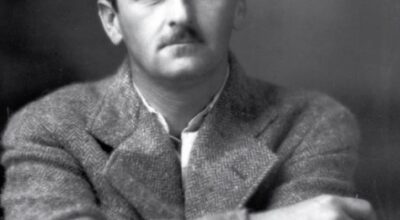Mr. Turtle announces arrival of Spring
Published 9:15 am Friday, May 5, 2017
By TJ Ray
The calendar indicated the Ides of March when he came out. His appearance was preceded by a movement in the tall grass, followed soon by his distinctive hump back. A quick glance at his shell revealed the notch in its edge just at the front edge above his head.
Mr. Turtle’s showing up truly announced the arrival of Spring. For nearly seven years the two events have coincided. Naturally, he stayed around for the cool days of Fall sent him to ground. I’m not sure where. A biologist could likely help find his lair.
I asked him if he was still embarrassed by the time I found him and one of his paramours making a baby. Remember? He got so vertical that he tipped over backward still holding to his purpose. Gingerly I set him right and the deed continued for a time.
No response to the question. The same when I asked if he recalled the time his lady buried a new egg in the front yard? She sat for nearly a half day, turning in a slow circle as the time passed. Then she was gone. The very next day in the rain I checked the spot and her deposit had been violated. Her egg and a largish snake lay there.
The turtle also didn’t recall the day he ate the very large white mushroom. Made a spanking mess of it, he did. And then went rambling on his way. What prompts his move to this or that corner of the yard I know not. How far he goes into the woods is a curiosity. Many times at unexpected moments I find him going somewhere at blinding speed. Well, blinding by his standards!
Was I more organized and much more knowledgeable about Nature, I’d know what steers his course around my hill. And there are other mysteries I’ve have an understanding of. For instance, how do birds communicate? What GPS guides returning hummingbirds to my patio each year? Why do the Pelicans fly south in the fall to winter at Sardis Reservoir? What signal prompts dozens of them to take off from the water in a group? Why does the squadron of them spiral up and up until they’re out of sight? Where does a Great Blue Heron lay its eggs? What emotions go through a feathered mother when her egg doesn’t hatch? And why did the lovely Bluebird couple that I’ve watched build a nest in my yard suddenly abandon the four little blue eggs in their lovely nest?
If you know those, try these: What happens to a large live fish when a Heron or Eagle swallows it whole? How do birds survive freezing temperatures? How does a Gull or Pelican or Heron spot a bird under the water before striking to get it? Why does a butterfly flit from blossom to blossom?
Questions are easy to ask, even though they have no instant answer. One approach to answers is to follow Darwin’s path to go and observe and document. But there is another response to the seeming chaotic panoply in Nature: Simply watch it. Savor it.
And believe there is a power that set it all in motion and watches over it and us. As Robert Frost said, “One could do worse than be a swinger of birches.”
TJ Ray is a retired professor of English at Ole Miss.





